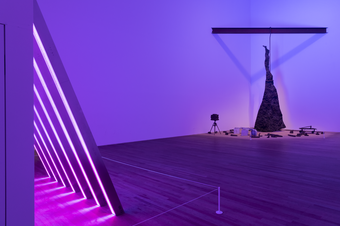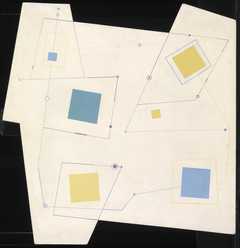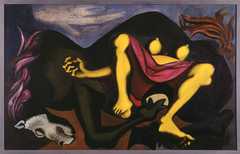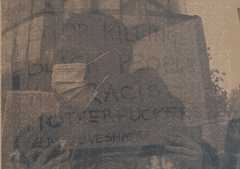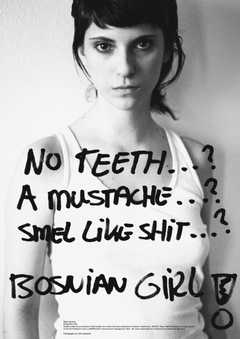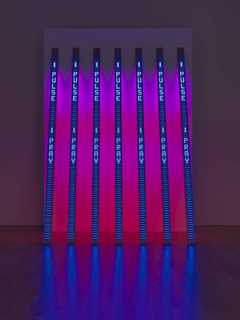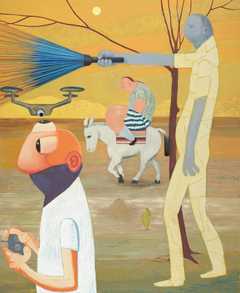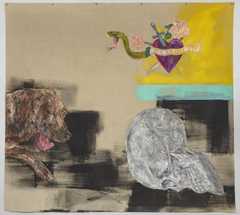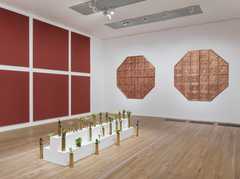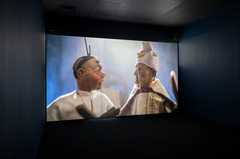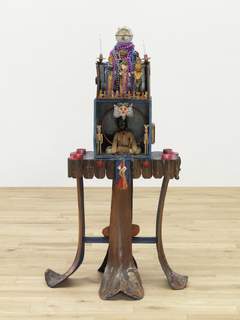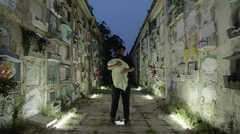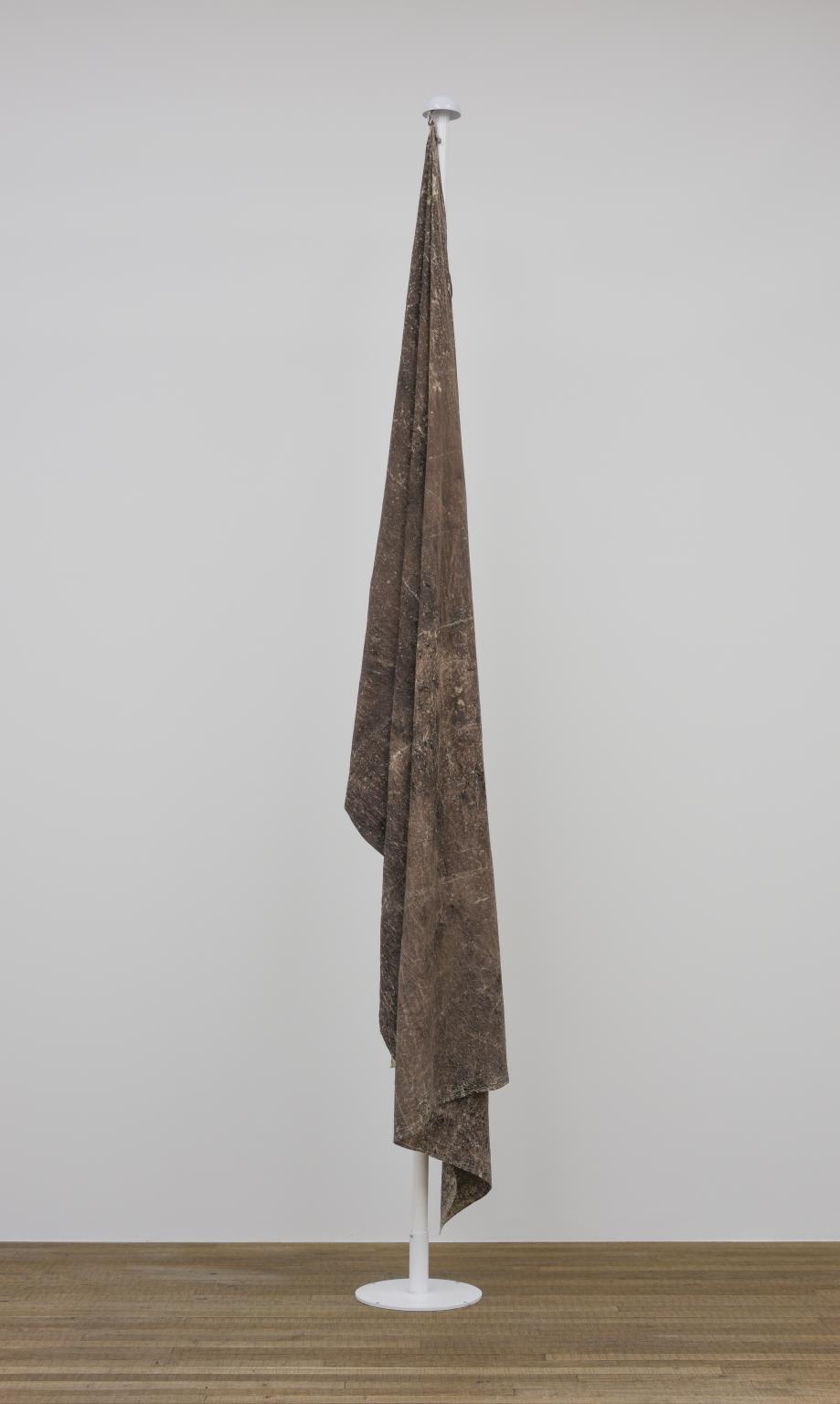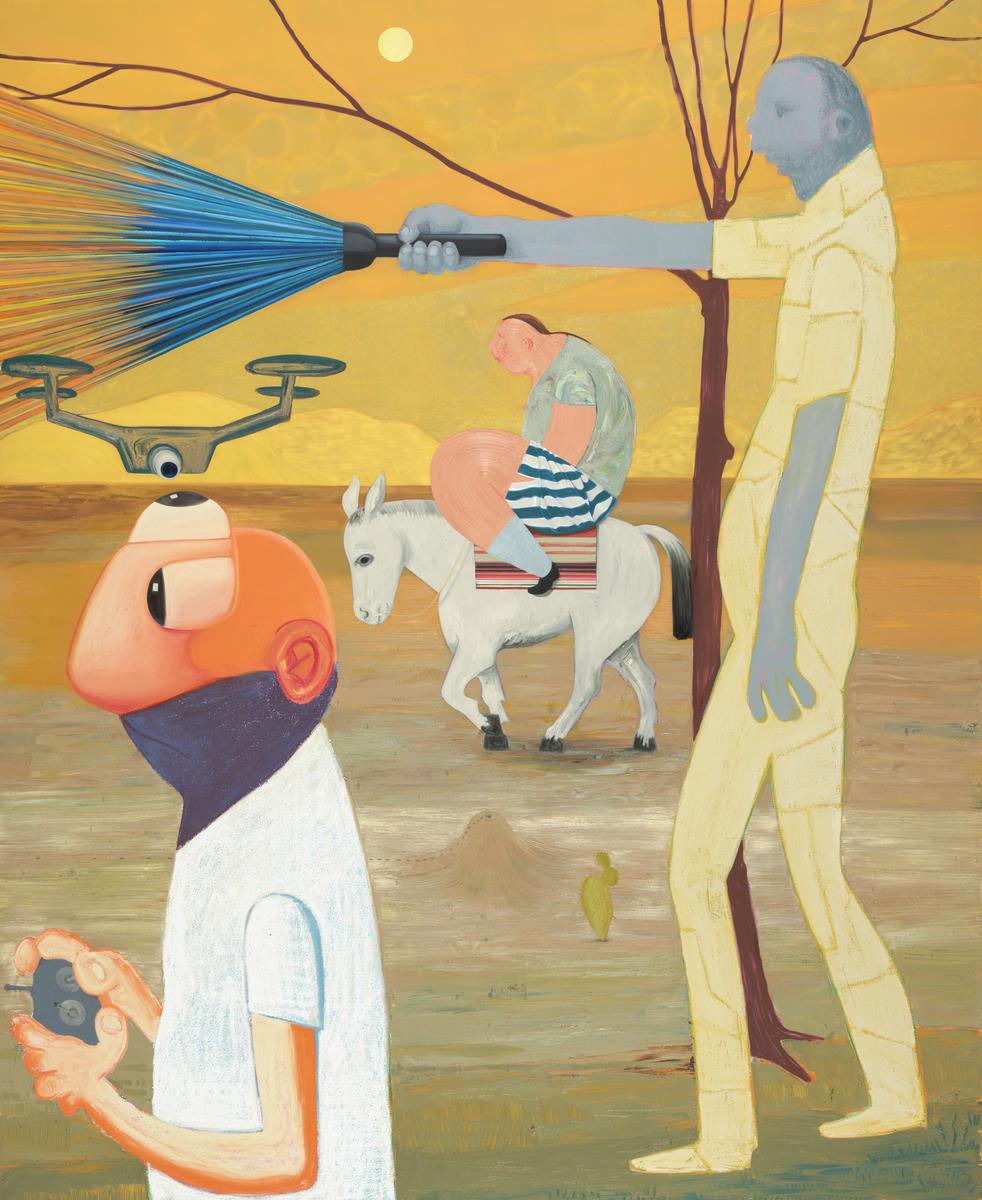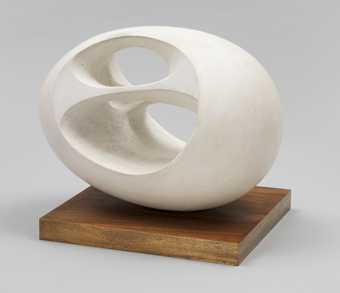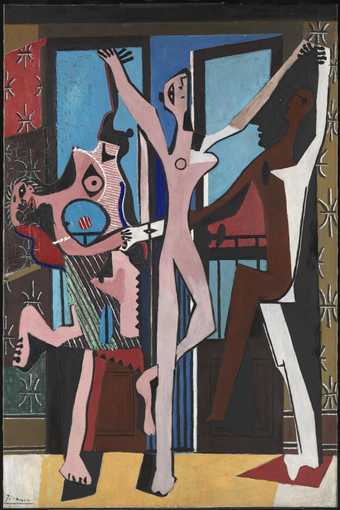Artist and Society
Explore artworks from Tate's collection that respond to their social and political context
This wing is concerned with the ways in which artists engage with social ideals and historical realities. Though some artists associated modernism with a utopian vision, art has also provided a mirror to contemporary society, sometimes raising awareness about urgent issues or arguing for change. Whether through traditional media or moving images, abstraction or figuration, militancy or detached observation, all the artworks in this wing highlight aspects of the social reality in which they were made, and try to generate a reaction and convey a more or less explicit message to their publics.
12 rooms in Artist and Society
Highlights



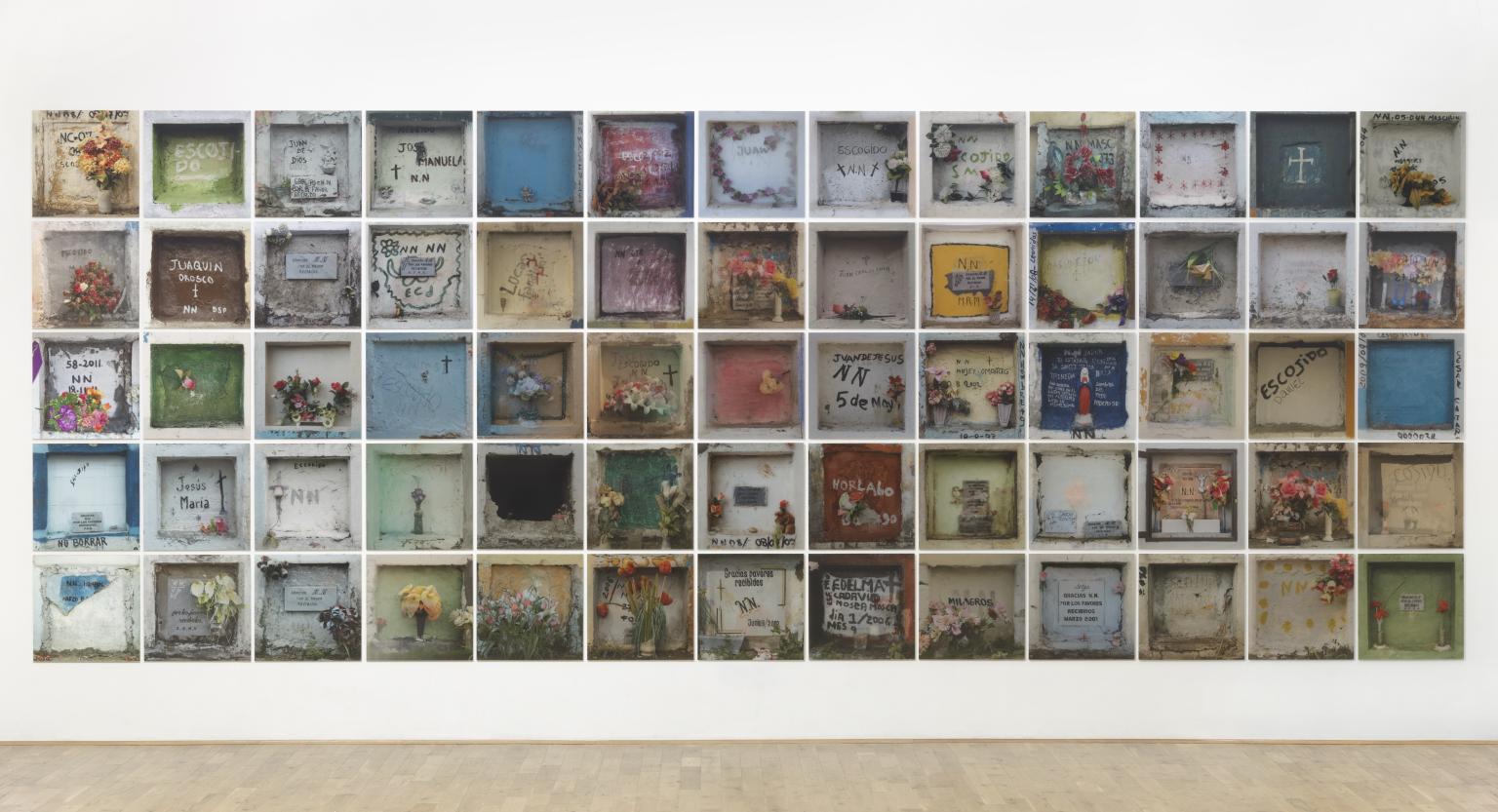
You've viewed 4/6 highlights
You've viewed 6/6 highlights
We recommend
-
Audio Highlight Tour: Natalie Bell Level 2
Listen to artists, curators and conservators talk about key artworks in Tate Modern
-
Audio Description Tour: Tate Modern
Listen to audio descriptions about key artworks from our collection, for visually impaired visitors

